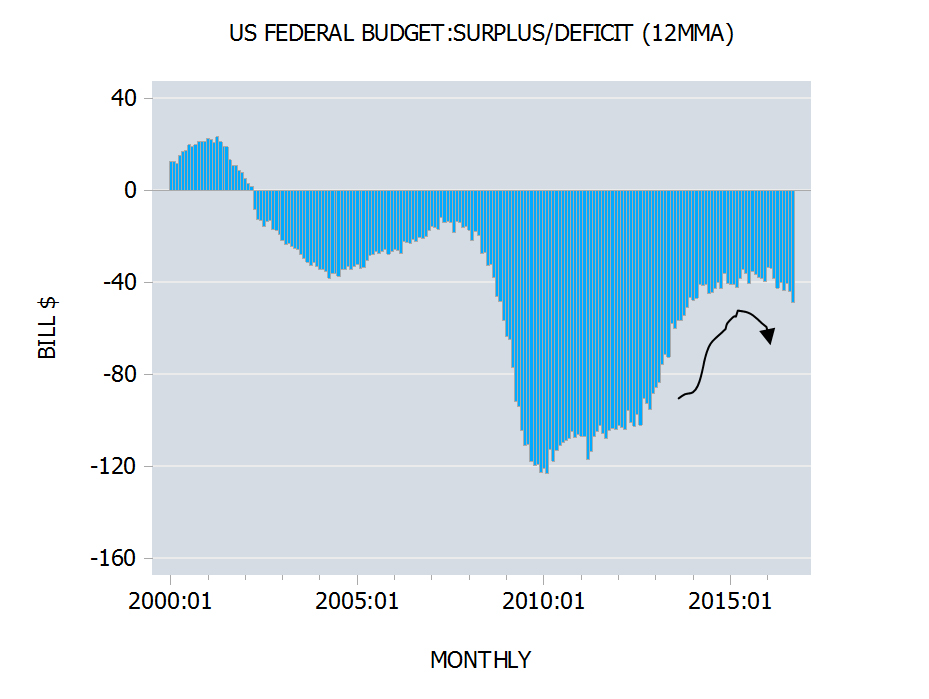Introduction
The Bank of England has taken the lead amongst the world’s central banks in issuing a working paper about how central banks can replenish their capital, now that they are crystallizing enormous losses: the paper analyses the current arrangements of seventy central banks.1
This time around it is not commercial banks that need bailing out, but central banks. The Bank of England has led the way in making the losses; now it leads the way in telling finance ministries they need to pay up. For ‘finance ministries’, read ‘taxpayers’. So much for the promise made after the Global Financial Crisis (GFC) that taxpayers would never again be made to pay up for losses in the financial system.

Central bank losses on bond-buying
Central banks’ great experiment since the Global Financial Crisis has exploded. In buying large quantities of fixed-rate bonds under the banner of ‘Quantitative Easing’ (or ‘QE’) and in reducing interest rates, they helped debtors pay their interest bills, pushed up asset prices, and made profits for their controllers – the respective countries’ finance ministries – consisting of:
- Trading profits on the bonds, whose prices rose as interest rates fell;
- An interest margin between what the central bank received on the bonds and the lower interest rate it paid to banks on their obligatory deposits of minimum reserves.
Then inflation and interest rates rose. The bonds have fallen in price and the central banks have a major problem:
- Selling the bonds – known as ‘Quantitative Tightening’ or ‘QT’ – produces a major one-off loss;
- Holding them produces an annual loss, as the interest rate paid to banks on their minimum reserves is now higher than is received on the bonds.
UK and Swedish losses
The Bank of England, now with about £700 billion of bonds, could either lose £132 billion all at once under (i) above,2 or lose £30 billion per annum for 7 years under (ii).3
The Wall Street Journal reported that the Swedish Riksbank had asked the Swedish parliament for an injection of new equity of about US$4.1 billion to help cover losses on US$94 billion of QT bond sales.4
Finance ministries usually receive – but rarely have to pay
Finance ministries, as p. 10 of the Bank of England working paper shows, received the QE profits but cannot automatically be made to bear the QT losses: ‘While legislation often requires the automatic transfer of central bank profits to the government, few central banks enjoy statutory arrangements for automatic recapitalisations.’ On this point the UK reaches the ‘gold standard’ (apart, thanks to Gordon Brown, from hardly having any gold): the Bank of England is fully indemnified for its QT losses by HM Treasury.
Failing ‘gold standard’ support, the paper examines how losses can be covered, but along the way reveals a blind spot about the euro: on p. 4 it states that ‘As the sole issuer of its domestic currency, central banks can always meet obligations arising from liabilities denominated in their domestic currency (IMF, 2015)’. This is not true of the Eurozone. The Eurozone national central banks are explicitly precluded from doing this, and the European Central Bank may not do this on their behalf.
In regard to the Bank of England, its working paper alludes to two detriments, but without mentioning its own role in them. On p. 4 the Bank informs us that there are ‘limits on money creation’. ‘Printing money in excess of demand will, at some point, be inflationary and conflict with the central bank’s monetary stability objective.’ Yes, QE was inflationary in the UK and pushed inflation well beyond the Bank’s 2% target.
P. 10 states that covering QT losses has a direct impact on taxation and public spending: ‘As central bank resources are a real claim of the public sector on the economy, losses are ultimately borne by taxpayers (BIS, 2012).’ Yes, the Bank’s QT losses are affecting UK taxation and public spending decisions.
Where does new capital come from?
A central bank could ‘seek to recapitalise its balance sheet through an injection of external capital, usually from its government’. Yes, the government is the only feasible source. But then ‘Governments running a significant fiscal deficit are likely to be reluctant sources of external funds’. Yes, obviously – the government would have to borrow more to raise the money.
The Bank redundantly offers other unpalatable options, obscuring that the pay-in is mandatory:
- ‘the finance ministry could use its existing budget’ – a budget that is already in deficit;
- ‘identifying funding cuts or repurposing funds that would have otherwise been allocated elsewhere’ – budget cuts in defence, health, benefits, pensions etc.;
- ‘the finance ministry could issue new debt directly to the central bank’ – a new round of QE or direct money creation, injecting more of the original illness as a supposed cure.
Conclusion
The Bank of England’s working paper attempts to obfuscate the truth and distance itself from it: central banks – with the Bank itself in the vanguard – have made colossal mistakes and now their policies have blown up in their (or rather the taxpayer’s) face. The working paper is the intellectual capital with which the world’s central banks will press their finance ministries for new monetary capital. The money will have to be found, and from the taxpayer – the contrary of the promise made after the Global Financial Crisis.1 ‘Central bank profit distribution and recapitalization’, Staff Working paper 1,069, April 20242 £700 billion of 10-year bonds issued in 2021 with a 1% coupon now needing to yield 4.05% to maturity lose 19% of their value, 7 years being the average maturity of the UK’s debt3 The Bank receives its 1% coupon on £700 billion but pays Base Rate (5.25%) for 7 years4 ‘Another cost of cheap money comes into view’, published on 4th April 2024
written by Bob Lyddon
Photo by Marek Studzinski
Source: https://en.irefeurope.org/publications/online-articles/article/bank-of-england-makes-the-case-for-taxpayer-bailouts-of-central-banks-its-mandatory/


